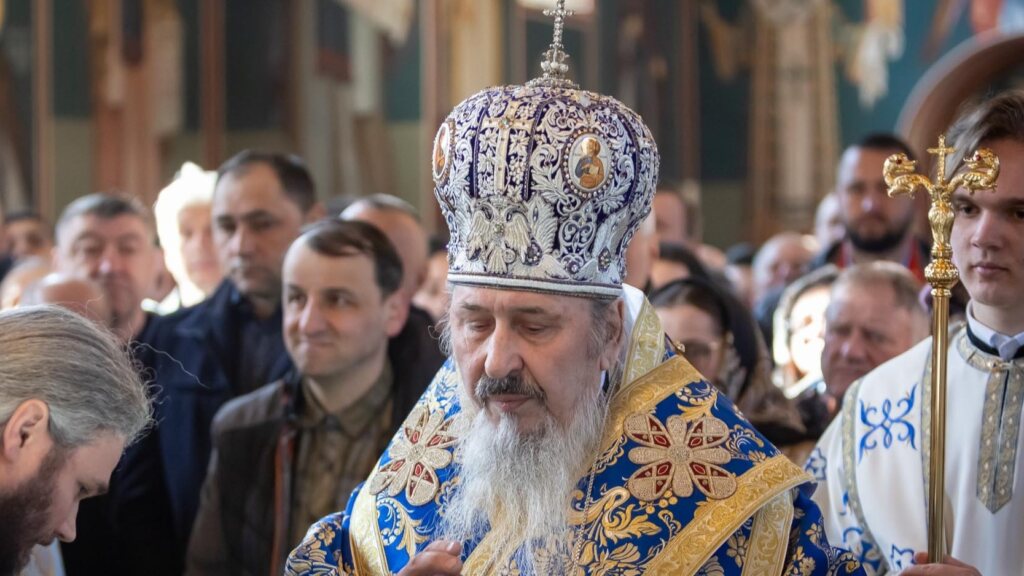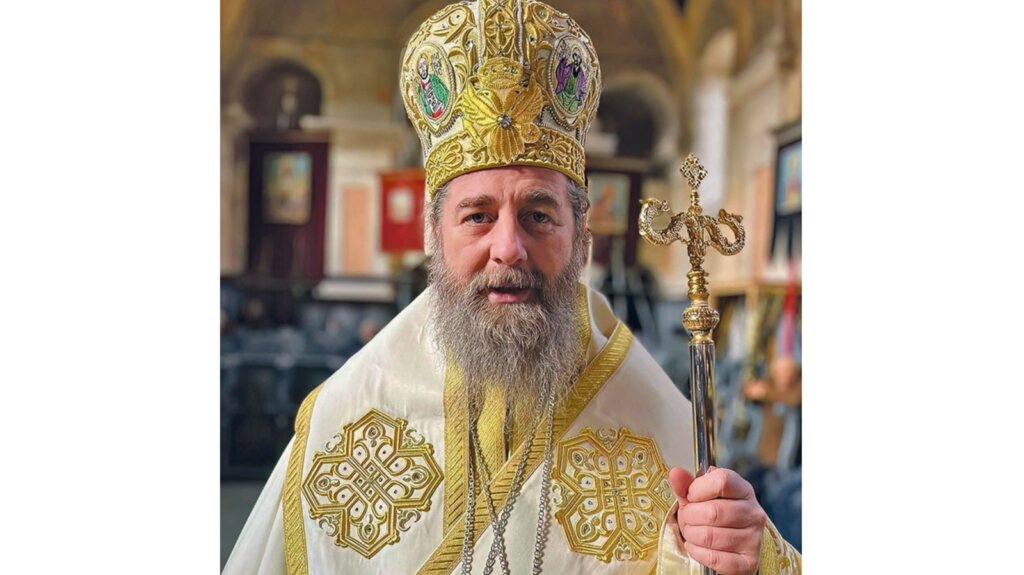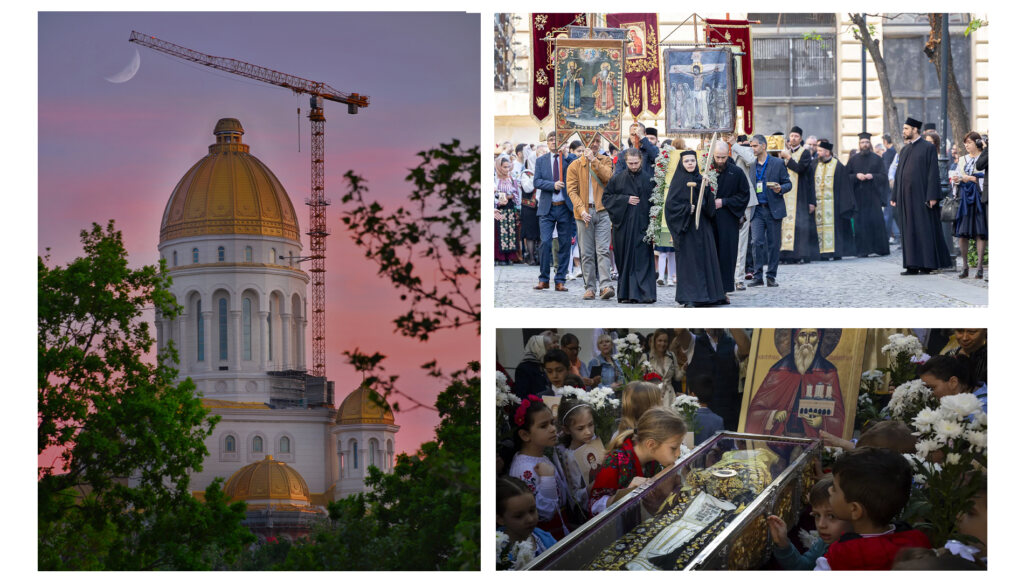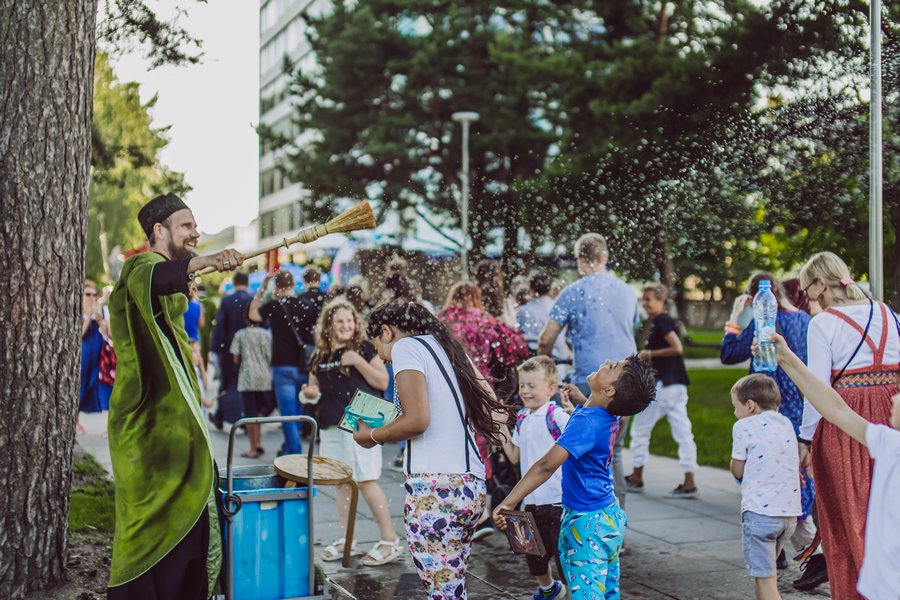Saint Stylianus
He was born in Paphlagonia of Asia Minor sometime between the fourth and sixth centuries. He inherited a great fortune from his parents when they died, but he did not keep it. He gave it away to the poor according to their need, desiring to help those who were less fortunate.
Stylianus left the city and went to a monastery, where he devoted his life to God. Since he was more zealous and devout than the other monks, he provoked their jealousy and had to leave. He left the monastery to live alone in a cave in the wilderness, where he spent his time in prayer and fasting.
The goodness and piety of the saint soon became evident to the inhabitants of Paphlagonia, and they sought him out to hear his teaching, or to be cured by him. Many were healed of physical and mental illnesses by his prayers.
Saint Stylianus was known for his love of children, and he would heal them of their infirmities. Even after his death, the citizens of Paphlagonia believed that he could cure their children. Whenever a child became sick, an icon of Saint Stylianus was painted and was hung over the child’s bed.
At the hour of his death, the face of Saint Stylianus suddenly became radiant, and an angel appeared to receive his soul.
Known as a protector of children, Saint Stylianus is depicted in iconography holding an infant in his arms. Pious Christians ask him to help and protect their children, and childless women entreat his intercession so that they might have children.
Troparion, tone 8:
By a flood of tears you made the desert fertile, and your longing for God brought forth fruits in abundance. By the radiance of miracles you illumined the whole universe! O our holy father Stylianus, pray to Christ our God to save our souls!
Saint Alypius the Stylite
He was born in the city of Adrianopolis in Paphlagonia. His mother, a Christian, was widowed early, and she sent her son to be educated by Bishop Theodore. She distributed her substance to the poor, then began to live an ascetic life near the church as a deaconess.
Saint Alypius, from his early years, wanted to devote his life to God and yearned for the solitary life, although Bishop Theodore would not give him permission to do so. Once, when Saint Alypius was accompanying his bishop to Constantinople, the holy Martyr Euphemia (September 16) appeared to him in a vision, summoning Saint Alypius to return to Adrianopolis and found a church in her name.
With contributions offered by believers in Adrianopolis, Saint Alypius did build a church in the name of the holy Martyr Euphemia, on the site of a dilapidated pagan temple infested by legions of devils. Beside the church, under the open sky, the saint erected a pillar over a pagan tomb. For fifty-three years Saint Alypius struggled upon the pillar, praying to God and teaching those who came to him.
The demons which infested the pagan cemetery fell upon the ascetic by night and pelted him with stones. Saint Alypius, wanted nothing to stand in the way of the attacks of the spirits of darkness, then even took down the boards that served him as a roof, protecting him from the rain and wind. In the face of the saint’s conquering steadfastness, the demons fled the place forever, which had been sanctified by his deed of voluntary martyrdom.
Fourteen years before his death, Saint Alypius was no longer able to stand. He was compelled to lie on his side because of the weakness of his legs, and endured grievous sufferings with humble gratitude. Around the saint’s pillar two monasteries sprang up: a men’s monastery on the one side, and a women’s monastery on the other.
Saint Alypius introduced strict monastic rules for both monasteries and he directed both monasteries until his death. Saint Alypius reposed in the year 640, at age 118. The body of the venerable stylite was buried in the church he founded in honor of the holy Martyr Euphemia. The relics of the saint of God healed many of those who came in faith.
Troparion, tone 1:
You were a pillar of patient endurance, having imitated the forefathers, O Venerable One: Job in suffering, and Joseph in temptations. You lived like the Bodiless Ones while yet in the flesh, O Alypius, our Father. Beseech Christ God that our souls may be saved.

30th Sunday after Pentecost (The rich aristocrat)
Gospel (Luke 18:18-27)
Now a certain ruler asked Him, saying, “Good Teacher, what shall I do to inherit eternal life?” So Jesus said to him, “Why do you call Me good? No one is good but One, that is, God. You know the commandments: ‘Do not commit adultery,’ ‘Do not murder,’ ‘Do not steal,’ ‘Do not bear false witness,’ ‘Honor your father and your mother.’” And he said, “All these things I have kept from my youth.” So when Jesus heard these things, He said to him, “You still lack one thing. Sell all that you have and distribute to the poor, and you will have treasure in heaven; and come, follow Me.” But when he heard this, he became very sorrowful, for he was very rich. And when Jesus saw that he became very sorrowful, He said, “How hard it is for those who have riches to enter the kingdom of God! For it is easier for a camel to go through the eye of a needle than for a rich man to enter the kingdom of God.” And those who heard it said, “Who then can be saved?” But He said, “The things which are impossible with men are possible with God.”






